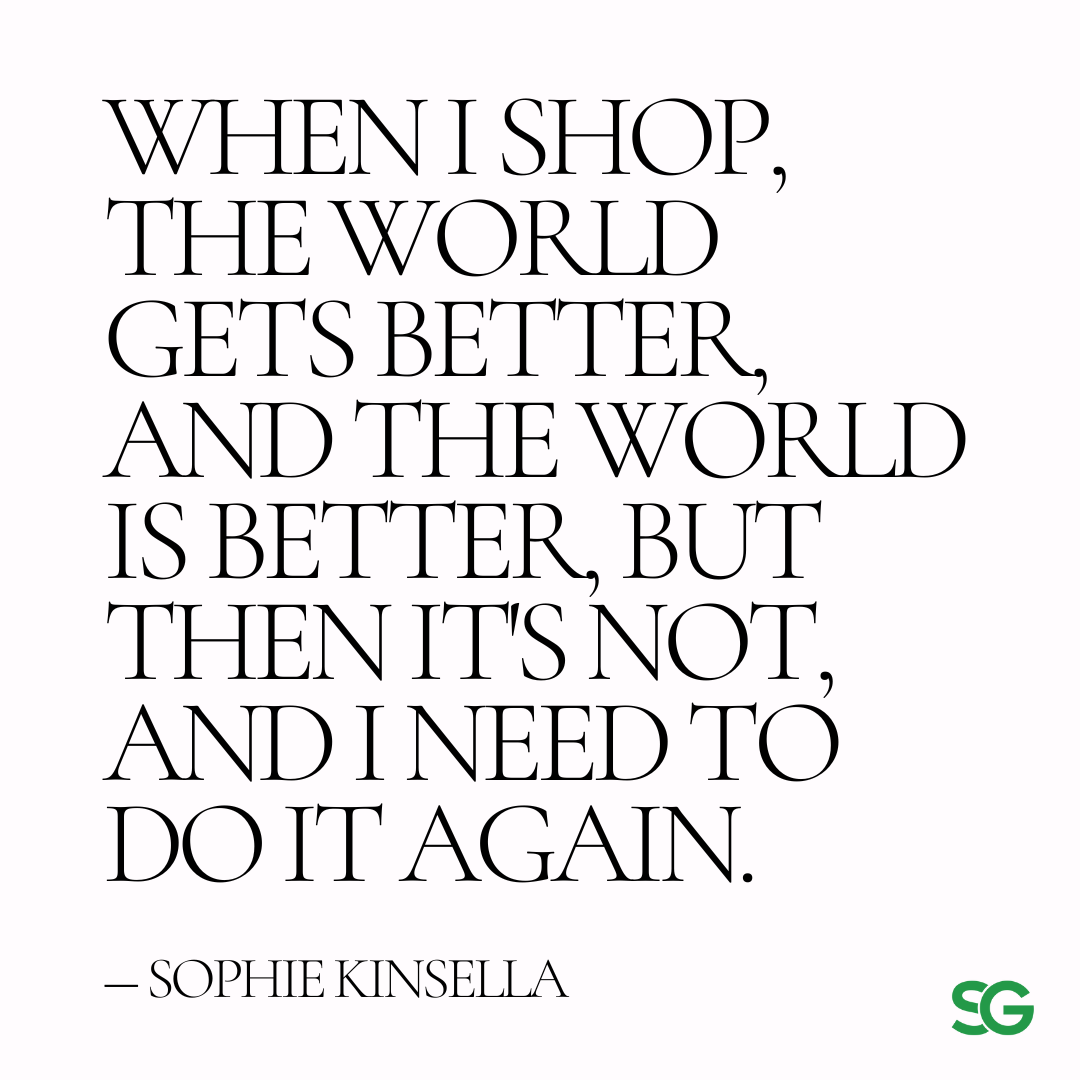Shopping addiction, also known as compulsive buying disorder, is a prevalent issue that can lead to significant financial issues and major guilt. It is more than just enjoying shopping, it is an irrepressible need for things with devastating financial consequences. If you find yourself struggling with shopping addiction, here are some concrete steps to regain control and foster healthier spending habits:
1. Identify Your Triggers
Understanding what drives your shopping is the first step towards recovery. Common triggers include stress, sadness, or boredom. Identifying these triggers helps you to anticipate and avoid them. Keep a journal to note when urges strike and what feelings or events precede them.
2. Create a Budget
Financial planning is essential, you have to be militant, what is your debt, what is your budget, what do you currently make and what is in the bank need to be known and updated constantly. Set a realistic budget that includes necessary expenses, savings, and a modest allowance for discretionary spending. Tools like budgeting apps can help you monitor and control your spending effectively.
3. Use Cash Instead of Credit
To limit overspending, use cash for your purchases. It helps you become more aware of the expenditure as it is tangible. Swiping a credit card gives you the feeling you have all the money in the world and can worry about the consequences later. Leave your credit cards at home when you go out, better yet consider getting rid of them completely and going to a debit card. This way you can still pay bills online, but it keeps you honest, as you can only spend what you have in the bank.
4. Implement a Waiting Rule
Before making any non-essential purchase, impose a mandatory waiting period. This could be 24 hours or even a week. This time allows you to consider whether the purchase is necessary or just an impulsive decision. The need to buy often dissipates over time.
5. Unsubscribe from Marketing Emails
Retailers lure customers through emails and advertisements featuring big sales and exclusive offers. Reduce temptation by unsubscribing from these marketing emails and unfollowing retailers on social media.
6. Seek Professional Help
Shopping addiction can be deep-rooted and difficult to overcome alone. Don’t hesitate to seek help from a professional therapist or counselor who specializes in addictive behaviors. They can provide you with strategies tailored to your situation and support you through your recovery.
7. Join a Support Group
We are so proud of you for being here and getting the support you need and deserve!
8. Replace Shopping with Healthier Activities
Identify activities that you enjoy and can serve as alternatives to shopping. A lot of shopping stems from boredom or just feeling down, so keeping yourself occupied doing activities you enjoy will help stay away from impulse shopping.
9. Set Goals and Celebrate Milestones
Define clear, achievable goals for your spending habits. Perhaps you aim to save a certain amount or to limit shopping to necessities for a month. Celebrate these milestones when you reach them with a post on social media or just an impromptu dance party in the living room.
10. Understand the Impact of Your Actions
Reflect on how your shopping behavior affects your life and relationships. Understanding the broader impact can motivate you to stick to your recovery plan.
Shopping addiction can be a real humbling and frustrating addiction, but with determination and the right strategies, you can work towards overcoming it. Remember, it’s not just about cutting down on shopping; it’s about taking control of your life and making conscious choices to support your overall well-being.

All the best,
SG